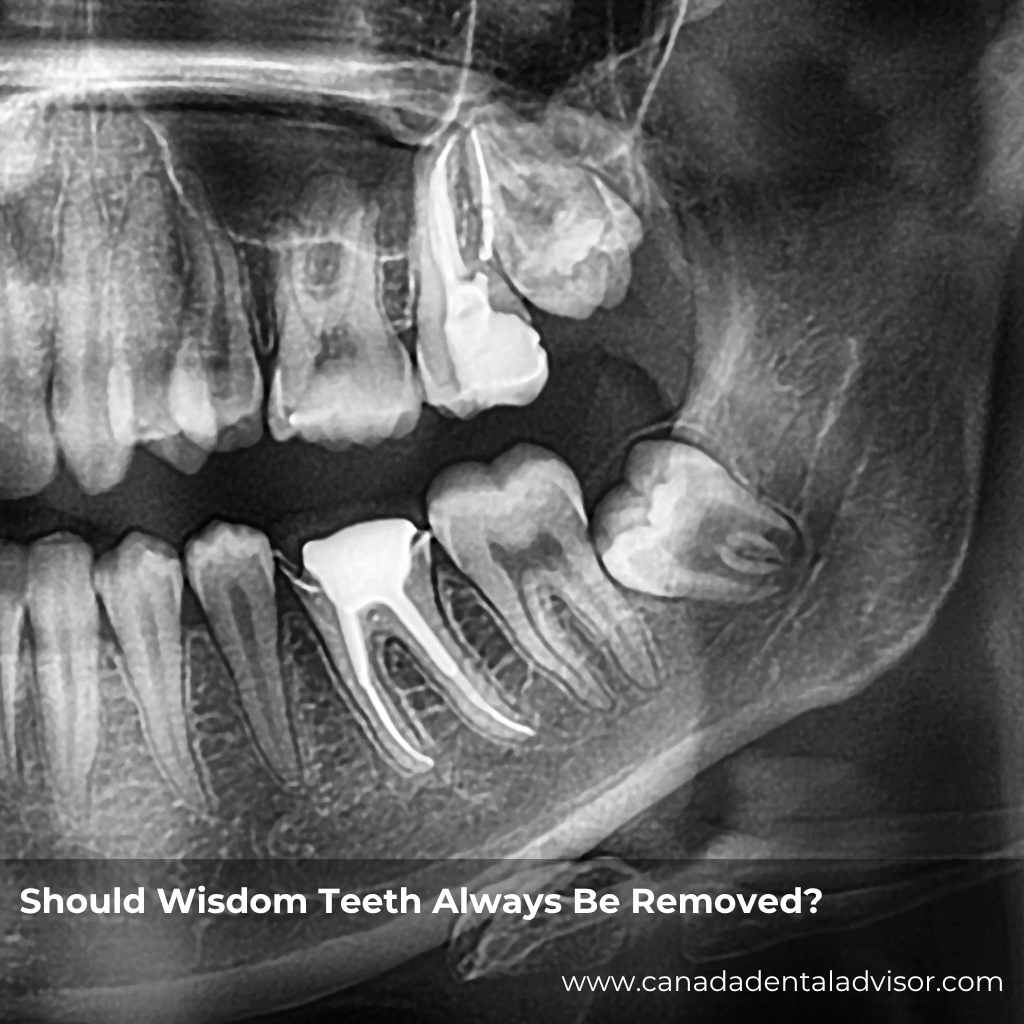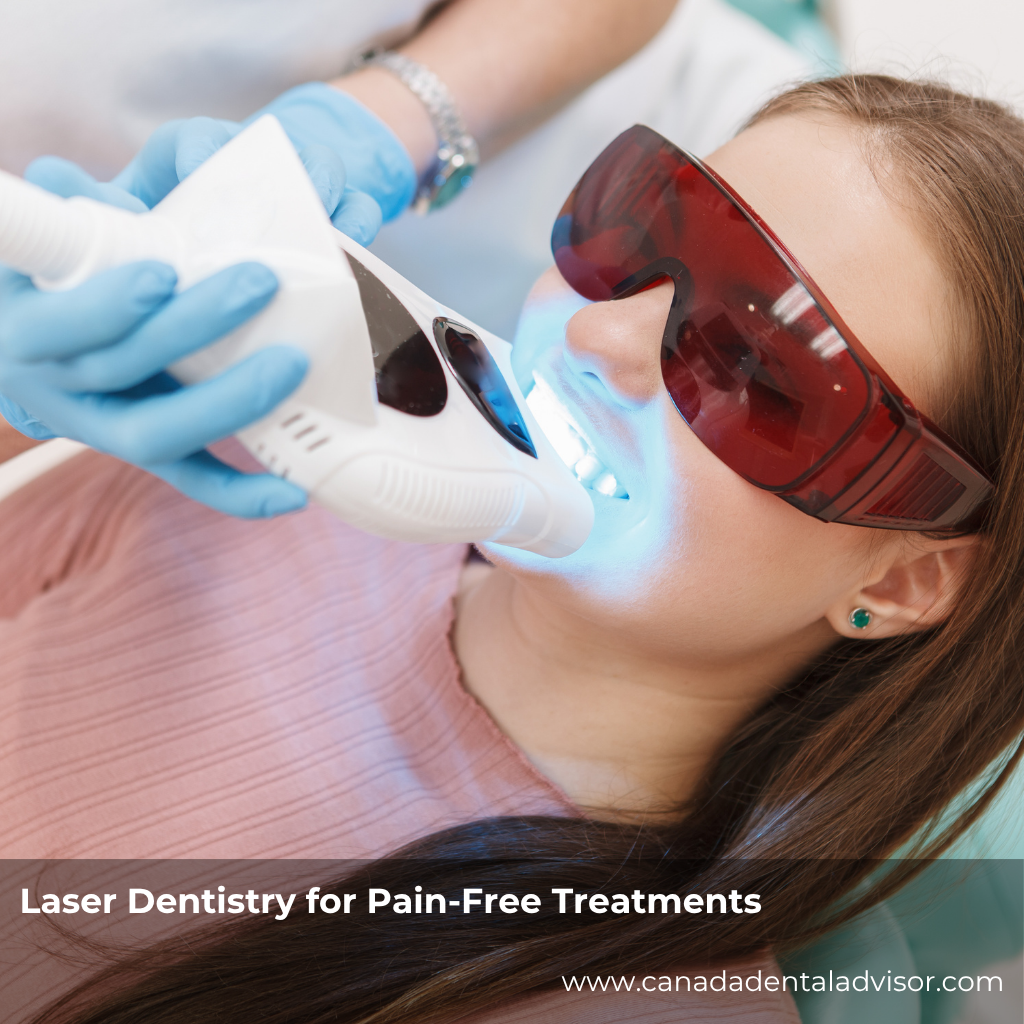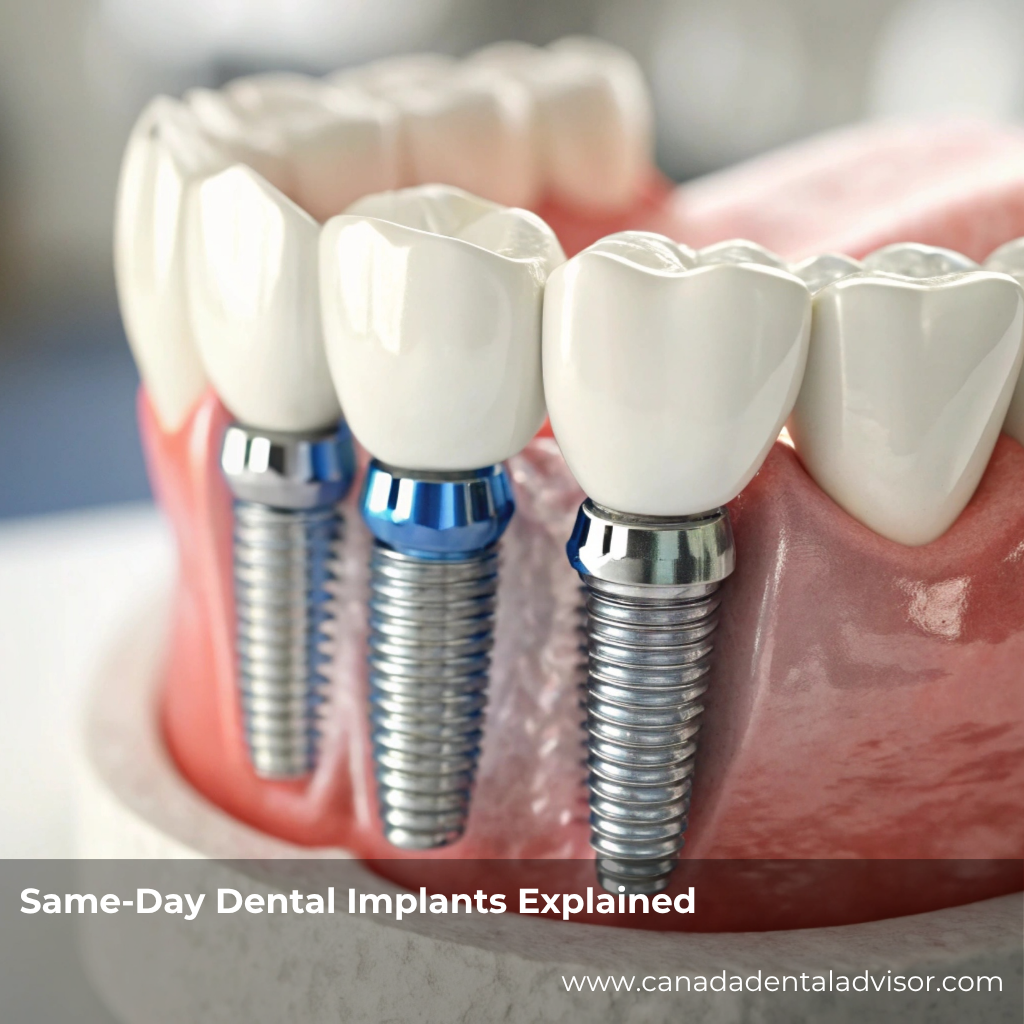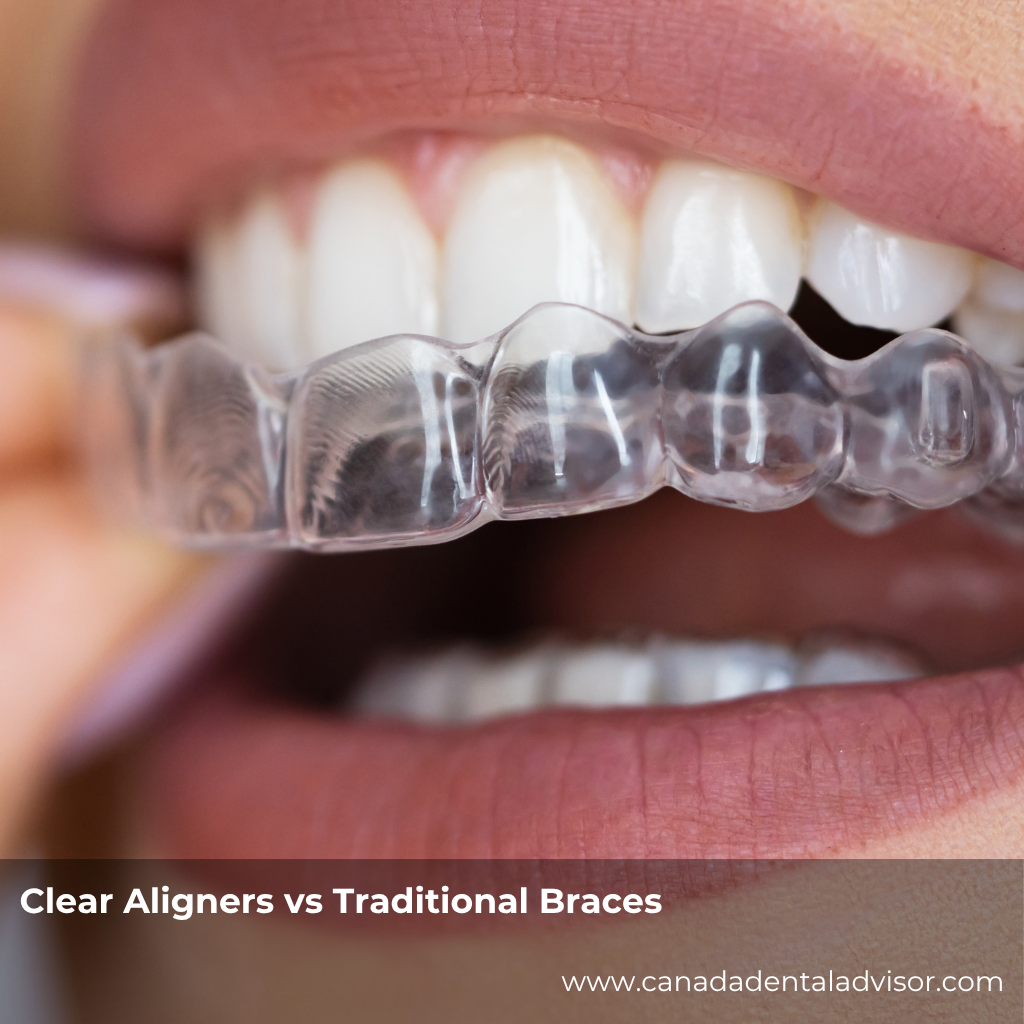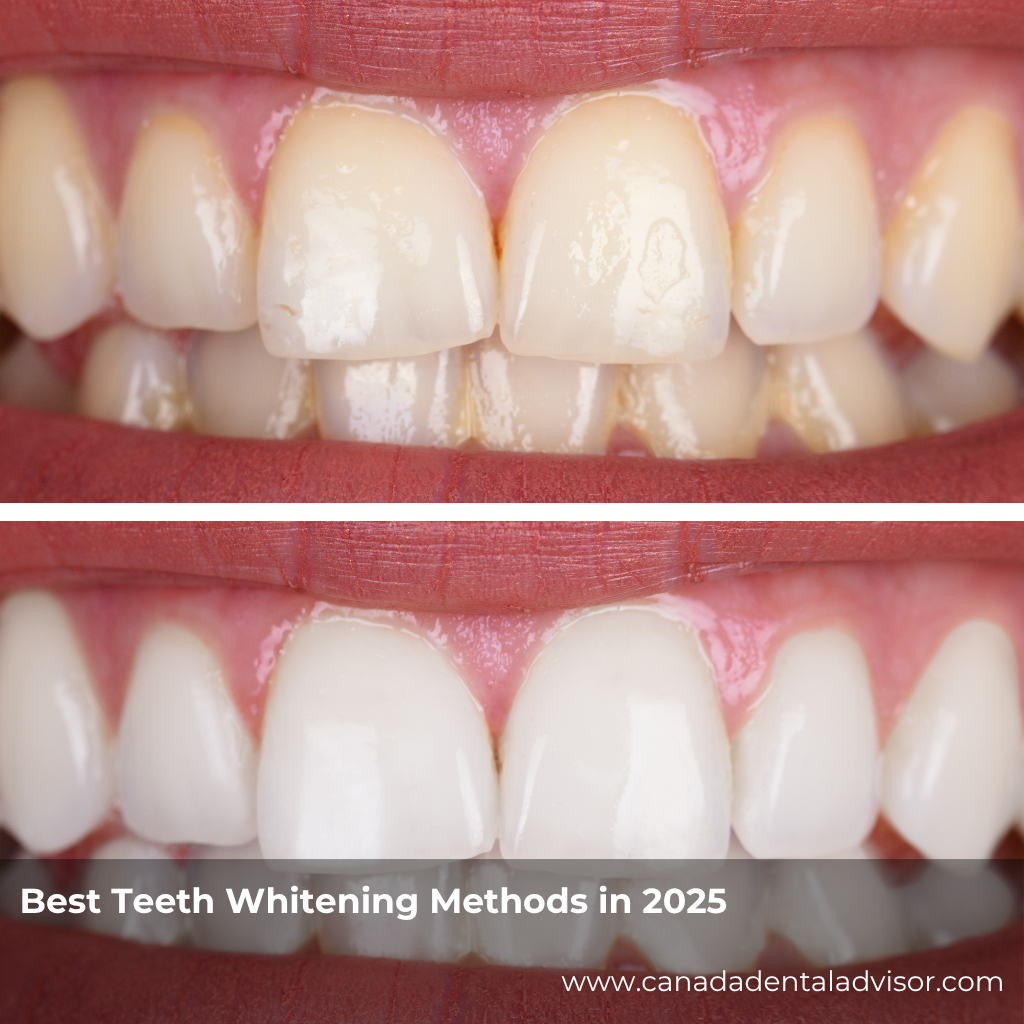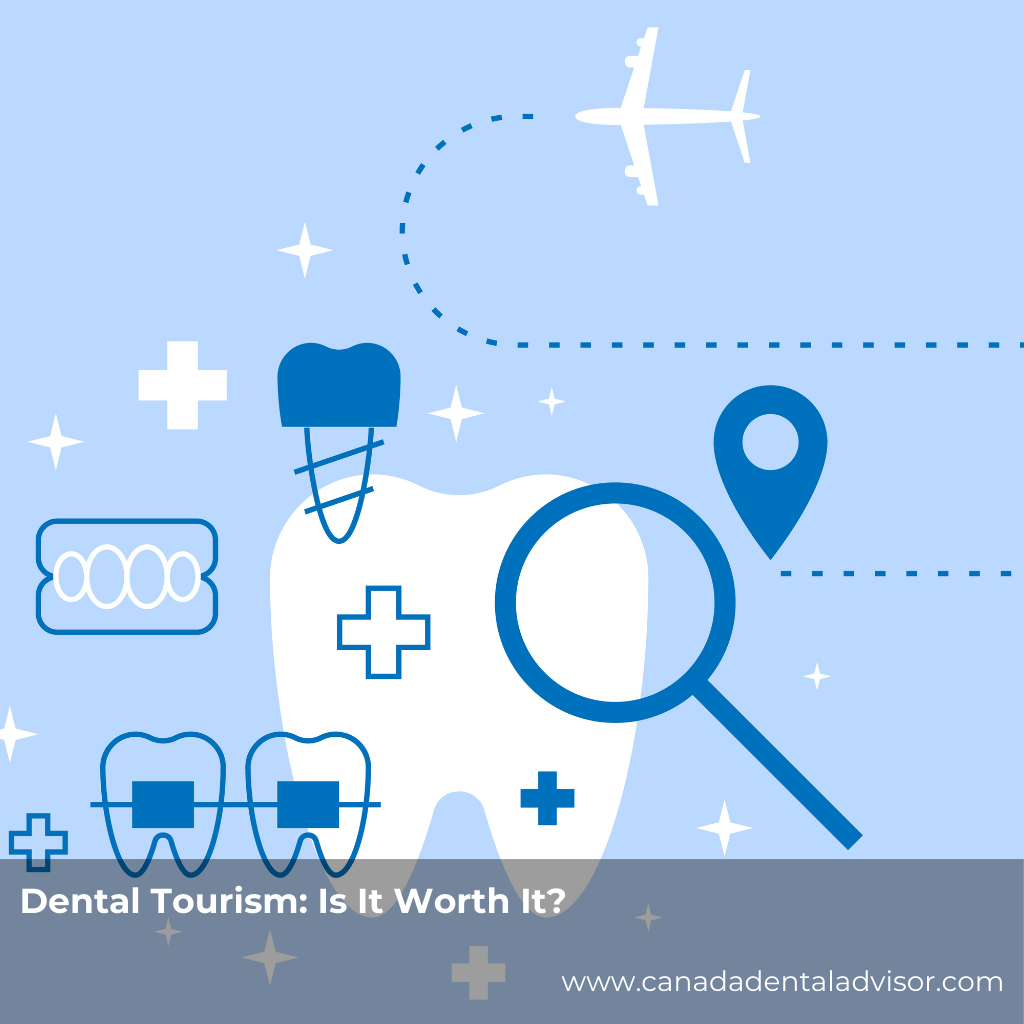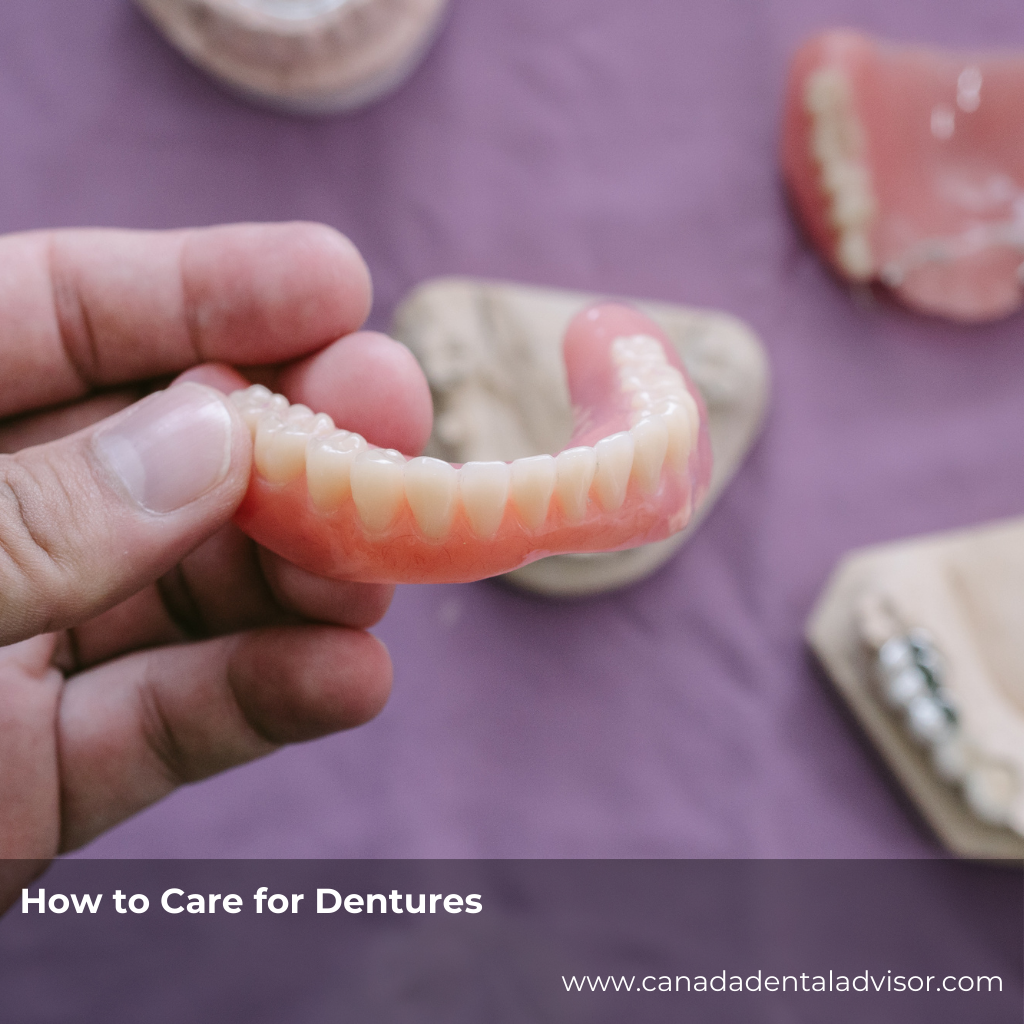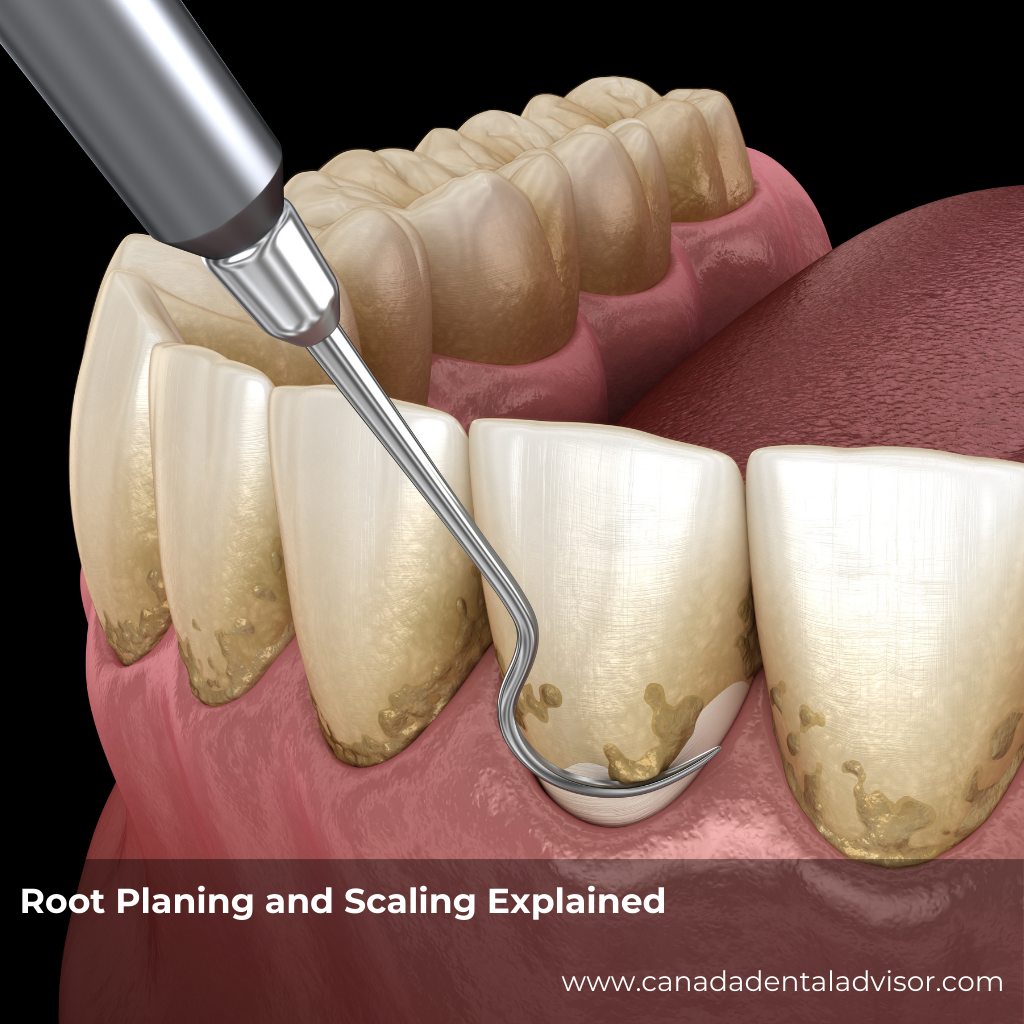A Personalized Approach to Modern Dentistry
Dentistry has always been about precision, but intraoral scanners take personalization to the next level. Traditional impressions, while useful, often left room for error due to distortion or discomfort. With digital scanning, every image captured is a data point used to create a comprehensive map of your mouth.
This allows dental professionals to:
-
Detect minute changes in tooth and gum health over time.
-
Compare digital records for progress tracking.
-
Create highly tailored treatment plans that align with each patient’s unique dental anatomy.
For example, an orthodontist can use scans to predict tooth movement and visualize treatment outcomes before braces are ever applied. A prosthodontist can design crowns or implants that fit seamlessly. Every detail matters, and with intraoral scanners, nothing is left to guesswork.
Improving Treatment Outcomes: Precision Meets Predictability
Individualized care is only as good as the data behind it—and intraoral scanners provide that data in real time.
By capturing exact measurements of the oral cavity, dentists can craft restorations and appliances that fit perfectly the first time. This level of precision translates directly into:
-
Fewer adjustments to restorations or aligners.
-
Reduced chair time, which means less stress for patients.
-
Better long-term results, since restorations designed from accurate data last longer and perform better.
A digital workflow also integrates smoothly with CAD/CAM systems and dental labs. Crowns, veneers, or aligners can be fabricated based on precise 3D models, minimizing human error and maximizing efficiency. The outcome? Smiles that not only look natural but also function flawlessly.
Enhancing Patient Compliance Through Visualization
Here’s a truth every dentist knows: when patients understand their treatment, they’re more likely to follow through. Intraoral scanners make this possible through visual storytelling.
When patients can see their dental condition in 3D, it sparks a new level of engagement. They can observe areas of concern—like worn enamel or gum recession—and instantly grasp why treatment is necessary. This visual connection transforms abstract dental advice into something tangible and personal.
Patients who understand their oral health are more likely to:
-
Follow hygiene instructions carefully.
-
Keep regular check-ups and follow-up appointments.
-
Commit to long-term preventive care.
In essence, the scanner becomes a bridge between technology and trust—a tool that not only improves diagnostics but also strengthens the dentist–patient relationship.
Fostering Long-Term Oral Health: Data That Evolves With You
One of the most powerful advantages of intraoral scanners lies in their ability to build a digital timeline of oral health. Each scan can be compared to previous ones, allowing dental professionals to identify subtle shifts before they become major issues.
This proactive approach supports long-term oral health by:
-
Detecting early signs of decay, wear, or misalignment.
-
Tracking the success of periodontal treatments.
-
Monitoring implant stability or orthodontic progress.
For patients, it means their dental care evolves alongside their needs. For clinicians, it means having a precise, digital record that supports preventive care and informed decision-making at every stage.
Conclusion: A New Chapter in Dental Care
Intraoral scanners are not just a technological upgrade—they’re a paradigm shift in how dentistry is practiced. By enabling individualized care plans grounded in accuracy, they improve treatment outcomes, increase patient understanding, and promote healthier smiles for life.
The next time your dentist reaches for a scanner, know that it’s more than just a gadget—it’s the beginning of a personalized, digital journey toward better oral health.
Frequently Asked Questions (FAQ)
1. What is an intraoral scanner?
An intraoral scanner is a handheld device that captures high-resolution 3D images of your mouth, allowing dentists to create accurate digital impressions without traditional molds.
2. How does an intraoral scanner improve dental treatment?
It enhances accuracy, speeds up the process, and ensures restorations fit perfectly—leading to better comfort and longer-lasting results.
3. Are intraoral scans safe?
Yes! They use light-based imaging technology that is non-invasive and radiation-free, making it completely safe for patients.
4. Can intraoral scanners replace traditional impressions entirely?
In most cases, yes. Digital scans offer greater precision and comfort, though some complex cases may still require traditional methods.
5. How long does an intraoral scan take?
Typically, a full-mouth scan can be completed in under five minutes.
6. Do intraoral scanners benefit patients with dental anxiety?
Absolutely. The process is faster, cleaner, and far more comfortable—making dental visits less stressful for anxious patients.
7. How do digital scans help with long-term oral health?
They create a permanent record of your mouth’s condition, helping dentists monitor changes and prevent issues before they become serious.
8. Are intraoral scanners expensive for dental clinics?
While the initial investment is significant, the long-term benefits—like improved efficiency and reduced remakes—often offset the cost quickly.
9. Can intraoral scans be used for cosmetic dentistry?
Yes! They are commonly used for designing veneers, crowns, and smile makeovers, ensuring results that are both beautiful and precise.
10. What’s next for intraoral scanning technology?
Future advancements may include AI-powered diagnostics and even more seamless integration with 3D printing and virtual treatment planning.


